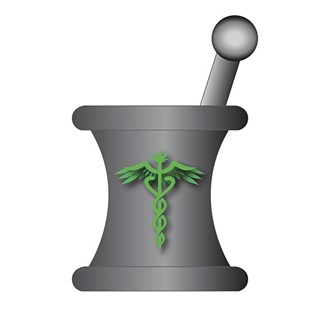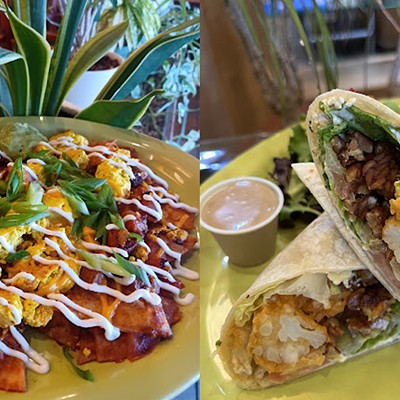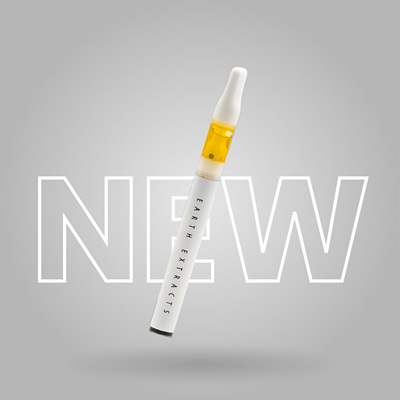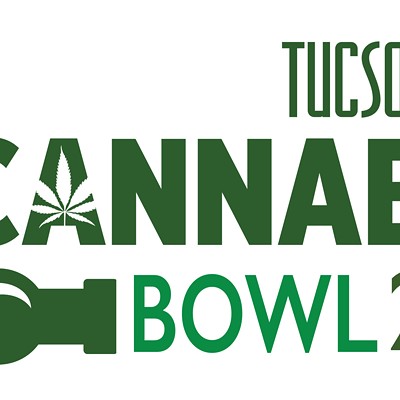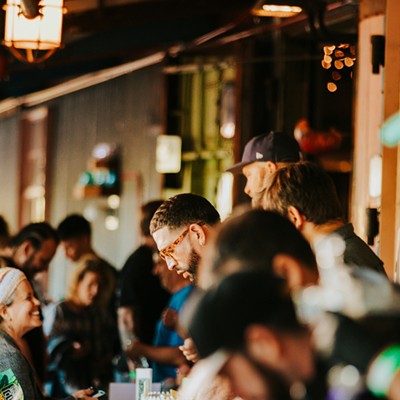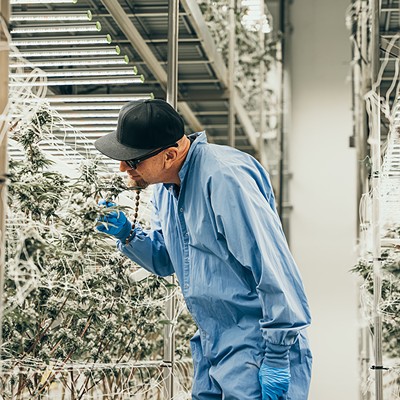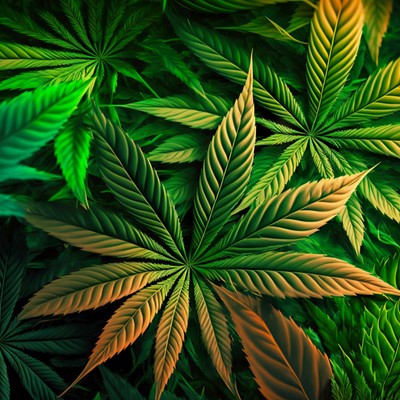Being a medical-marijuana patient is beginning to feel a bit like living in a house of cards. And the wind is beginning to blow.
In the past two weeks, Gov. Jan reignited the bundle of sticks at our feet by yet again siccing bulldog Tom Horne on the MMJ community. And in Los Angeles, where (and possibly in part because) the artist formerly known as Snoop Dogg touts the benefits of MMJ in dispensary ads, the city is gearing up to enforce a storefront sales ban imposed last month. In July, the U.S. attorney for Northern California—the Holy Land of MMJ—sent notice that she plans to cast the walls of the temple asunder at the biggest dispensary in the nation, San Francisco's Harborside Health Center, where more than 100,000 patients are connected with their meds.
Breezes like that threaten to topple the MMJ house, which has a sound structure above ground in Arizona, but is built on shaky federal substrate.
Ultimately, though, I am encouraged by the state of affairs. Why shouldn't I be? Things are actually looking pretty good for MMJ. I suggest we all step back and take a look at the forest.
Although the governor has repeatedly and consistently dragged her knuckles and feet in attempts to block dispensaries, I haven't heard a peep from her about the 25,000-plus patients authorized to grow. All of those people are also authorized to give me meds in exchange for donations to compensate for their considerable growing costs. So despite frequent hue and cry from the MMJ community, I don't think many patients will go without meds if dispensary operators follow Gen. Horne's advice to cease and desist with plans to open.
Do I want dispensaries? Yes. Will my world come crashing down if they never open? No.
And true enough, the Los Angeles City Council voted last week to ban storefront MMJ operations in the city. But the council also voted to craft an ordinance allowing dozens of storefronts that were there when a 2007 ban was passed. Since the first so-called ban, more than 700 dispensaries have opened. Be real, people. Did you really think hundreds of businesses could fly that overtly in the face of the law and get away with it? Does L.A. really need more MMJ dispensaries than Starbucks? No.
And Los Angeles accounts for barely a quarter of the 12 million people in the metro area. The rest live in other communities, like Long Beach, Burbank and Anaheim. Southern Californians might have to get in a car to fetch meds, but it seems there will be plenty of dispensaries to go around, even if only a few dozen are allowed in L.A.
The breezes might be shaking the house a little, but even if it falls, I think we'll be better off than we were before medical marijuana. In the 16 years since California voters became the first in the nation to endorse MMJ, 15 other states have followed suit. A half-dozen have proposals in their state legislatures. Even here in Arizona—where local authorities, not feds, have raided MMJ collectives—things look pretty good. There are scores of collectives in the Phoenix area (though fewer here), and I have heard of no legal small-time MMJ growers being arrested.
So, as I look out from our house of cards, the jack of spades quivering beside me and the queen of hearts trembling overhead, I am convinced I'll be just fine. So will the 33,000 other Arizona MMJ patients. Do you really think we would be unable to get meds to people who need them if dispensaries are blocked? I don't.
Let's just be grateful that if our house slumps down around our feet, we can adjourn to the guest house, where more than 25,000 people are growing enough meds for all of us. And most of them would gladly share with fellow patients.
For that, I am grateful.

